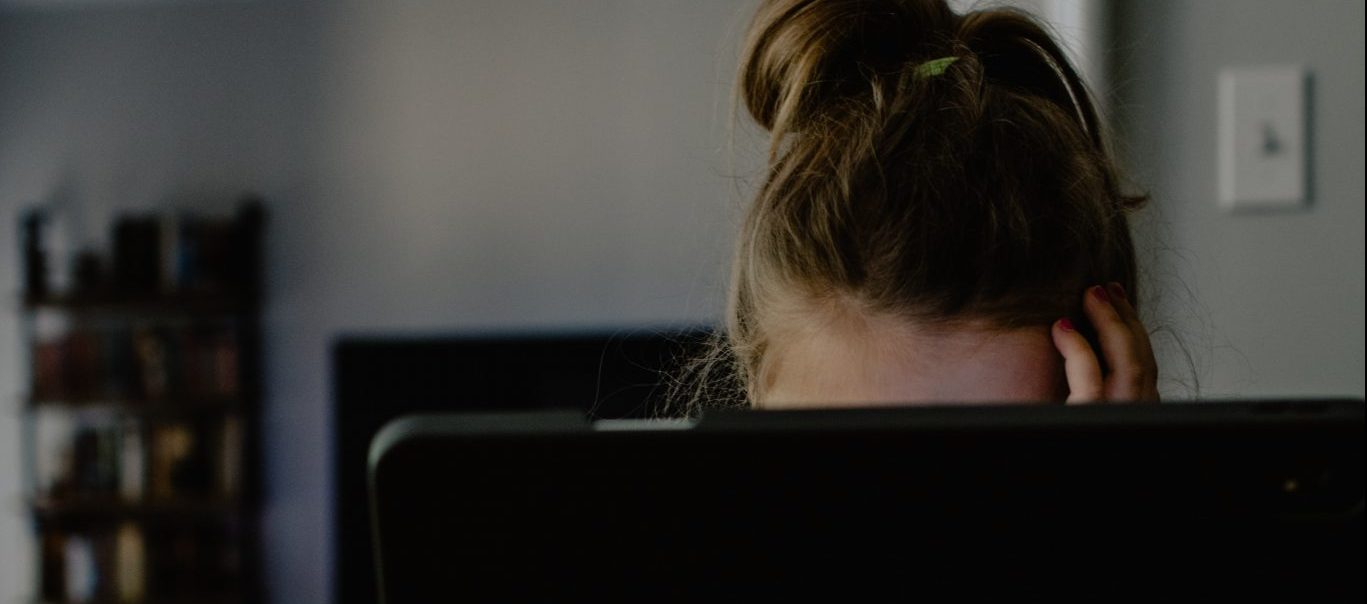
Articles
Op-Ed
Virtual Learning: How to Help Teachers and Combat Disengaged Students
By Svetlana Savova
July 06, 2021
Virtual learning over the past year and a half created multiple new challenges for teachers who, in many cases, have had to learn how to teach remotely without much time or training. This is especially true with regard to how teachers engage with their students. Teachers have attempted to rapidly change their curricula and teaching styles to better serve their students. But in retrospect, maybe it wasn’t the teacher or the student that has been the issue – the problem may lie in the technology they were provided as the pandemic escalated.
The Great Educational Migration of 2020 and 2021
In 2020, when schools moved to virtual learning, the utilization of platforms like Zoom and Microsoft Teams, left teachers struggling to adapt. For example, primary school teachers use their classroom as an engaging learning environment for younger children. Classrooms that feature interactive, sensory learning elements and bright, welcoming atmospheres were now moved to distracting, stressful home environments, where students were forced to use technology purpose-built for business, not for education.
Additionally, since video communication platforms were not built with educators in mind, many teachers had to change their curriculum to attempt to complement the technology they were given. This issue cost our educators immense amounts of time, as a year’s worth of lesson plans had to be altered on a moment’s notice.
Virtual Classrooms and The “New Normal”
Educators felt extremely defeated with the level of student engagement when virtual classrooms kicked off during the pandemic. In fact, a New York Times poll in November of 2020, found 55 percent of veteran teachers said they were considering leaving the profession due to the current landscape of education and the feelings of being inadequate Virtual learning combined with an unusual circumstance of school at home left students more distracted and stressed than ever before. Zoom fatigue left many parents begging for a better solution.
As COVID-19 becomes less of a threat worldwide, our schools have already begun planning a “new normal” of hybrid learning – a mix of in person and virtual. So how can we learn from what didn’t work in virtual learning during the pandemic to better equip our students and teachers for remote learning in the future?
Enter EdTech Designed for Students and Teachers
Tools and technologies built with the needs of educators and students are much more successful in the delivery of quality online or hybrid education models. Here’s what educators should look for to make their lives easier and improve the educational experience for each and every student:
Time-Saving Technology. Virtual classroom technology opens up a world of possibilities for teachers. With primary and secondary interfaces, teachers have the ability to create an engaging learning environment for younger learners who need a more experiential classroom situation, as well as advanced technology offerings for older students.
Distraction Monitoring. In addition to the feeling of an actual classroom, one of the most helpful tools to combat distracted students is the ability to monitor a students’ engagement level. Distraction monitoring tools alert a teacher when students might have other tabs open on their computer. The teacher then has the ability to note this and re-engage each student as needed.
Interactivity capabilities. Other tools that virtual classroom platforms uniquely offer are interactive breakout rooms, shareable lesson templates, personal class notes, and multi-user screen sharing. As many teachers move into a hybrid learning environment next year, these tools will be able to provide students at home an enriching and engaging learning experience.
Teachers had to quickly adapt to fully online learning environments, and many turned to video conferencing services that were built with employees in mind, not teachers. Instead of business-forward technology platforms in the classroom, teachers need technology purpose-built for them. Education technology purpose-built for educators can include functions like distraction monitoring tools, interactive whiteboards and breakout rooms, all controlled by the teacher to help keep students engaged and on track, focused on their school work, and ultimately, prepared for the next year of learning, whatever the environment may be.
Svetlana Savova is the partnerships and sales director at VEDAMO, a virtual education platform built for educators, by educators. Svetlana is a former teacher and is based in Bulgaria.









No Comments